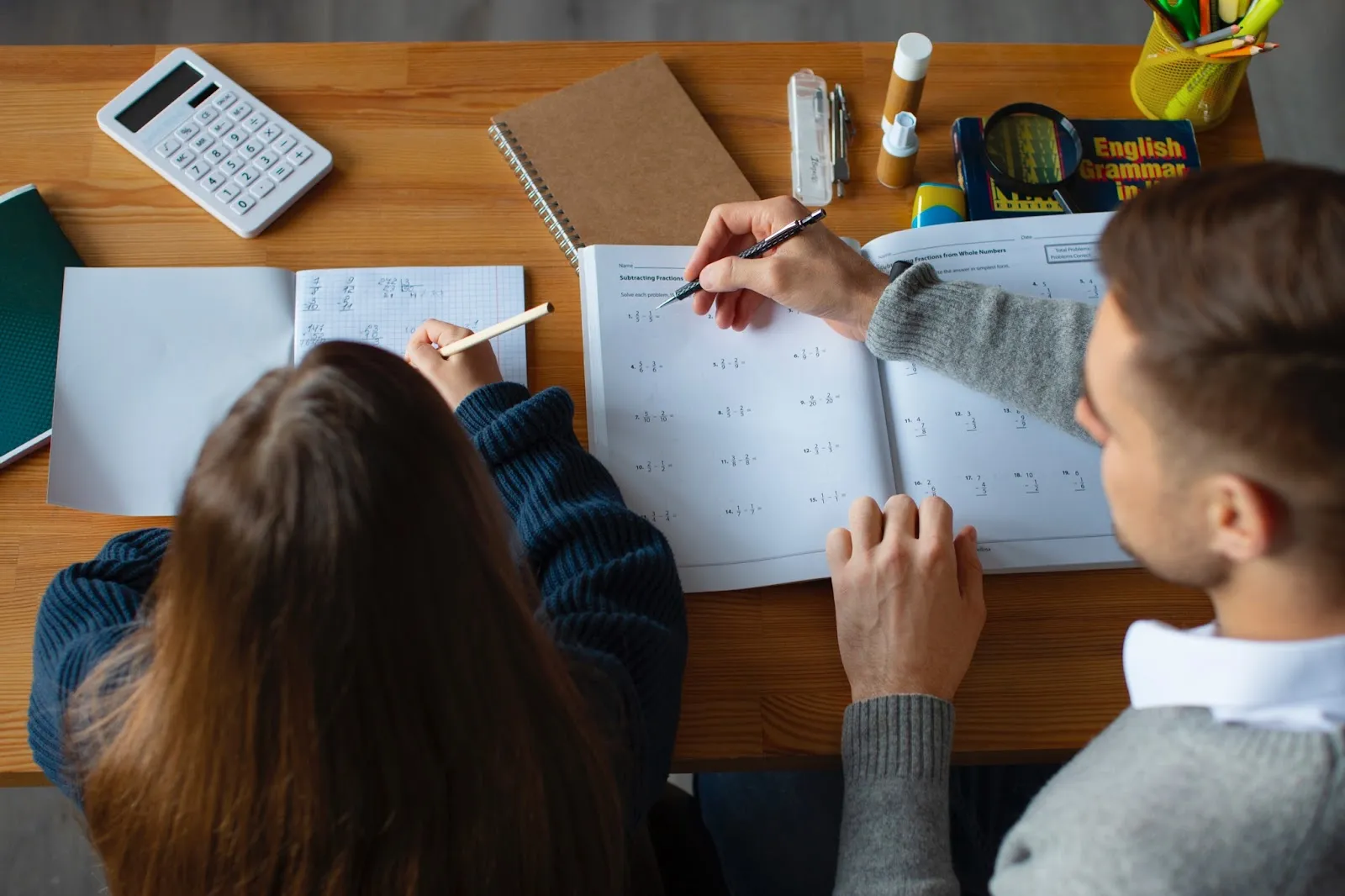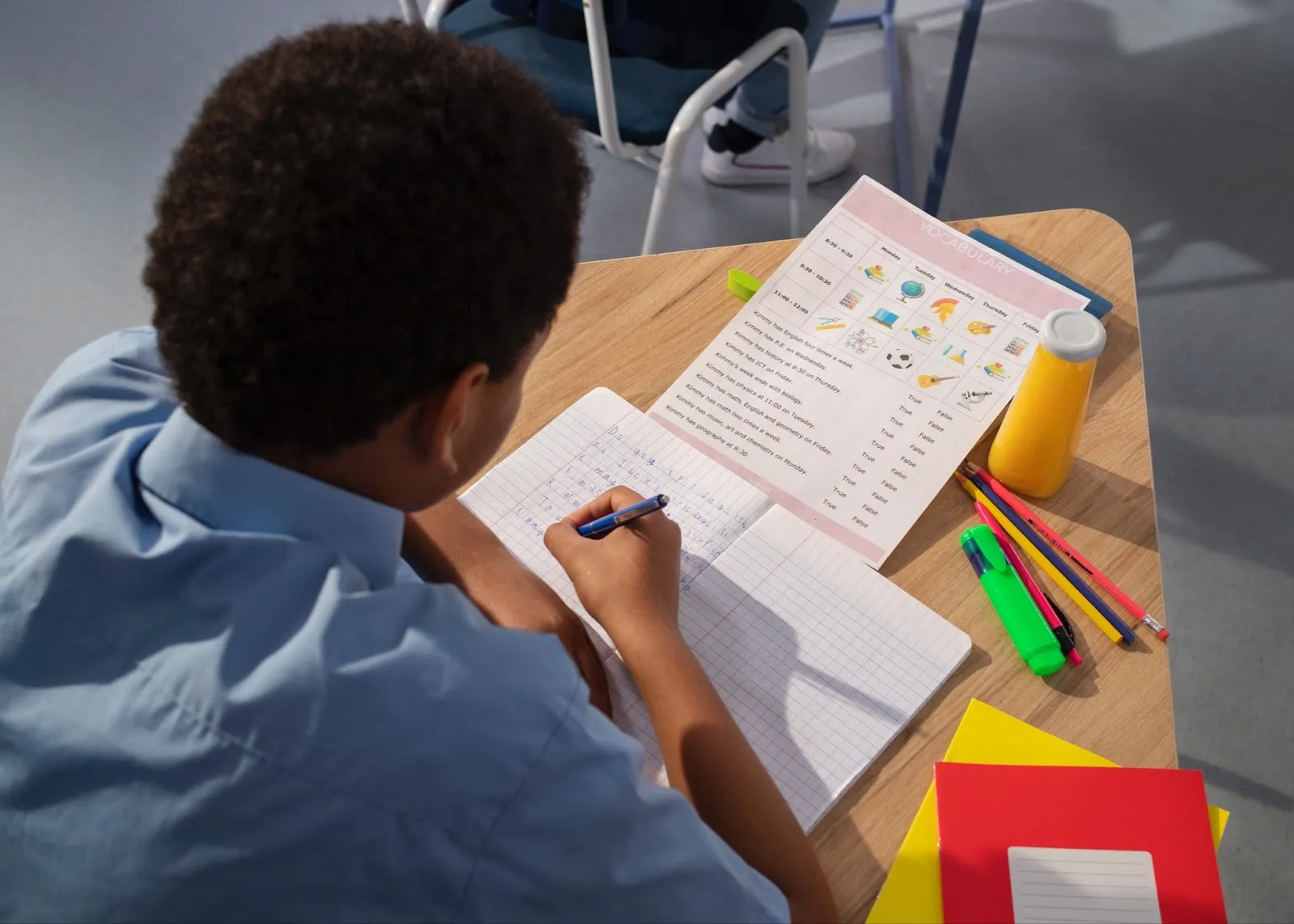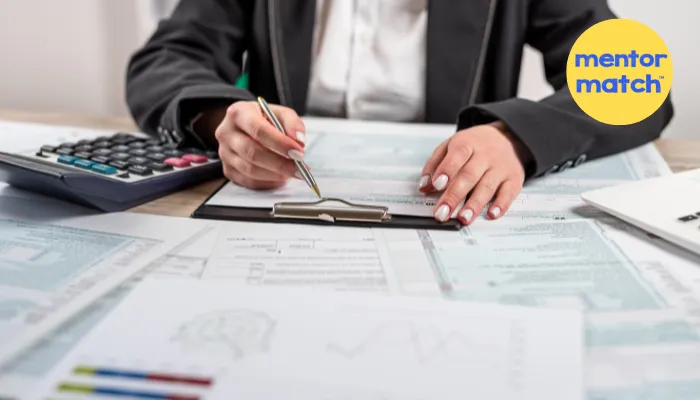
77.32% of parents see better grades in 3 months!
When we walk into a clothing store and spot a dress that catches our eye, we instinctively pick out a few different sizes to find the perfect fit. When we finally discover the one that fits just right, our joy is boundless!
Think of it like this, just as a tailor customizes a suit to flatter your unique frame, a personalized learning plan customizes the learning experience to fit your child’s distinct needs.
This tailored approach makes education more engaging, effective, and most importantly, exciting for your child. It turns the classroom from a generic environment into a personalized space where learning feels relevant and motivating.
Let’s explore how parents can create this bespoke educational experience that will have your child excited about learning every day!
What if Every Lesson Was Made Just for Your Child?

How would parents feel when they sit down with their child, flipping through their notes to help with homework, only to discover that each lesson has been tailored to their child’s unique abilities and understanding.
That’s the magic of a personalized learning plan (PLP). Instead of following a cookie-cutter curriculum, a PLP is like a tailor-made suit for your child’s education.
It’s an adaptive, dynamic approach that zeroes in on their unique strengths, interests, and learning pace.
With a personalized learning plan, every study session is crafted to make the most of what your child does best. Whether they’re a visual learner who thrives on colorful charts or a hands-on explorer who learns through experiments, the PLP adjusts to provide the best possible educational experience.
This personalized approach turns learning from a one-size-fits-all chore into an exciting adventure that feels just right for your child.
Why Go Personalized? Because Your Child Deserves the Best!
Why should we bother with a personalized approach?
Well, just like people have different tastes in clothes, children have different learning styles.
One child might excel with hands-on activities, while another may thrive on visual aids.
By personalizing their education, you’re not just helping them cope with their unique style—you’re setting them up for success.
Key Benefits of Personalized Learning Plans:
- Tailored Learning Experience: A PLP ensures that the educational content is aligned with your child’s learning style. If your child is a visual learner, incorporating colorful charts and videos can make concepts come alive.
- Self-Paced Progress: Every student learns at their own speed. A PLP allows your child to advance at a pace that’s right for them, preventing the frustration of falling behind or the boredom of moving too slowly.
- Increased Engagement: When learning is connected to a child’s interests and strengths, they’re more likely to stay motivated and engaged. It’s like turning a chore into a fun activity they actually look forward to!
Also Read: Role Of Technology In Personalized Learning In K-12 Schools
Crafting a Personalized Learning Plan: Step-by-Step

Creating a personalized learning plan isn’t about following a rigid template—it’s about customizing an educational experience that adapts to your child’s needs. Here’s a step-by-step guide to help you design a plan that fits like a glove.
Step 1: Understand Your Child
Before diving into planning, take a moment to understand your child’s unique characteristics.
What subjects ignite their curiosity?
How do they learn best?
Are they more of a hands-on learner or do they prefer reading and writing?
This insight is the foundation of a successful personalized learning plan.
Example: If your child loves to explore and build things, incorporating science kits or hands-on experiments into their learning plan can make education feel like an exciting adventure rather than a task.
Step 2: Set Clear, Achievable Goals
Setting goals is like plotting out a roadmap for your child’s education. These goals should be specific, measurable, and tailored to their individual needs. Whether it’s improving reading comprehension or mastering a new math concept, clear goals help guide the direction of the learning plan.
Example: If your child struggles with math but excels in creative writing, setting a goal to improve math skills through interactive and fun activities that can make learning more balanced and enjoyable.
Also Read:
Step 3: Develop a Flexible Plan
A personalized learning plan should be flexible, not rigid. It’s a living document that evolves as your child grows and their needs change.
This flexibility ensures that the plan remains relevant and effective, allowing for adjustments as necessary.
Example: If your child’s interest shifts from art to technology, update the learning plan to include more tech-related activities and resources. This adaptability keeps the learning experience fresh and aligned with their evolving interests.
Step 4: Utilize a Variety of Learning Resources
Think of your child’s learning plan as a toolkit filled with diverse resources.
Incorporate a mix of educational materials such as books, interactive apps, videos, and hands-on activities.
This variety not only caters to different learning styles but also keeps the educational experience engaging.
Example: Combine traditional textbooks with interactive online resources. If your child enjoys visual learning, educational videos and infographics can complement their studies and make complex concepts easier to grasp.
If you’re looking for tools for your child to equip 1-on-1 tutoring efficiently, read our blog on “Best Online Tutoring Tools You Must Know”.
Step 5: Monitor Progress and Make Adjustments
Regularly reviewing your child’s progress is crucial. It’s like checking the map during a road trip to ensure you’re heading in the right direction.
Assess their progress towards the set goals and make adjustments to the plan as needed. This ongoing evaluation helps in fine-tuning the learning experience and ensuring that it remains effective.
Example: If you notice that your child is excelling in reading but struggling with writing, adjust the plan to include more writing-focused activities and support. This continuous feedback loop ensures that the plan evolves with your child’s needs.
Step 6: Fostering Self-Reflection and Growth
To truly empower your students, engage in ongoing, meaningful conversations and check-ins. Regular one-on-one sessions offer a chance to provide valuable feedback, explore their goals, and give them the encouragement they need. Ask thought-provoking questions like,
What strategies helped you achieve these learning milestones?
Can you share some recent accomplishments you’re proud of?
This approach not only boosts their confidence but also helps them take ownership of their own learning journey.
Step 7: Building a Profile
Think of building a profile as a dynamic showcase of progress, not just a collection of assignments.
Before diving into creating this portfolio, define its purpose and audience to ensure it’s more than a stack of papers.
Involve your child in the process by letting them choose their standout work. This way, they can proudly display their greatest achievements and take an active role in their educational journey.
Step 8: Share, Revise, and Celebrate
A personalized learning plan (PLP) isn’t a static document to be tucked away—it’s a living, breathing tool that should be used regularly.
Keep teachers and other key stakeholders in the loop by sharing updates on both progress and challenges.
And remember, a PLP should evolve with your child’s changing goals and abilities. Regularly revisit and revise the plan to ensure it continues to support your child's growth, keeping their learning journey dynamic and engaging.
Making the Most of Personalized Learning
To ensure your personalized learning plan is a success, keep these tips in mind:
- Communicate Openly: Maintain regular communication with your child’s teachers to get valuable feedback and insights. They can provide guidance on how well the personalized plan is working and suggest any necessary adjustments.
- Encourage Independence: Help your child take an active role in their learning. Encourage them to express their preferences and interests, and be involved in setting their own learning goals.
- Celebrate Successes: Recognize and celebrate your child’s achievements, no matter how small. Celebrating milestones boosts their confidence and motivates them to continue working hard.
Also Read: Pros And Cons Of Personalized Learning For Students
Conclusion
Creating a personalized learning plan for your K-12 student is like crafting a unique, tailored suit—designed specifically for their needs and preferences.
By understanding your child, setting clear goals, using a variety of resources, and remaining flexible, you can create an educational experience that truly supports and nurtures their growth.
Remember, education isn’t one-size-fits-all; it’s a personalized journey, it’s about creating a learning journey that evolves with your child’s individual style and interests.
So, roll up your sleeves. Dive into the process.
With Mentor Match, watch your child’s educational journey flourish with a plan that’s perfectly tailored just for them!



.png)
.webp)
.webp)